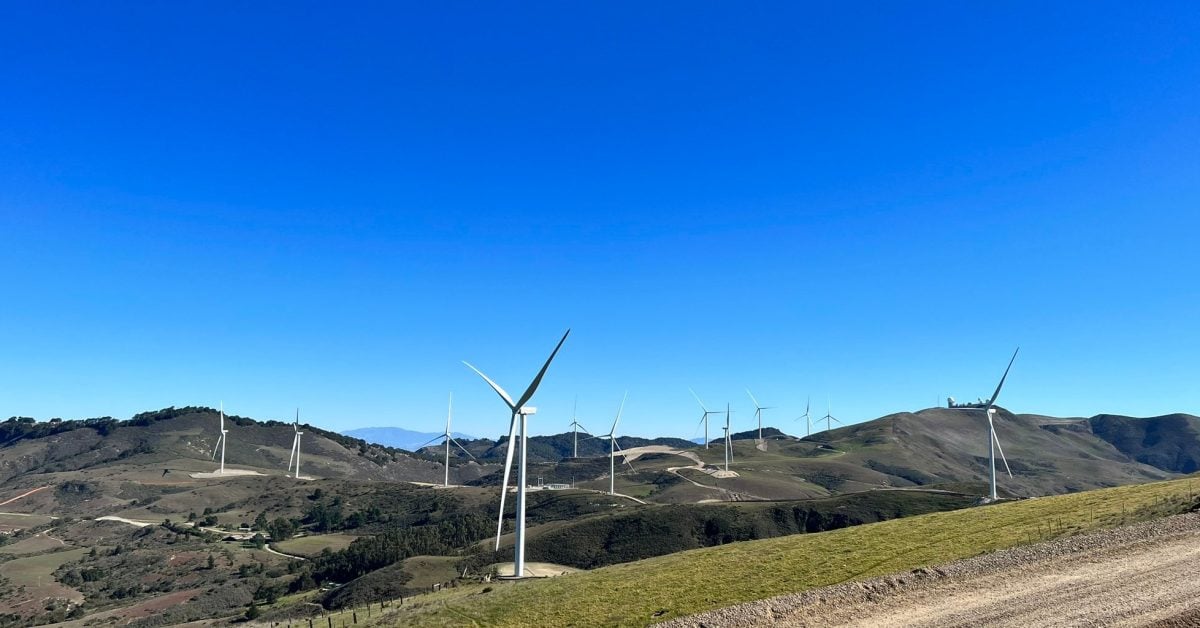The period occured in 2024 between late winter and early summer. “Compared to the same period in 2023, solar output in California is up 31%, wind power is up 8%, and batteries are up a staggering 105%.”
Link to the study PDF mentioned in the article: https://web.stanford.edu/group/efmh/jacobson/Articles/Others/25-CaliforniaWWS.pdf
One of the paper’s cowriters is Mark Z. Jacobson, professor of civil and environmental engineering and director of the atmosphere/energy program at Stanford University.



They’re not critics. They’re trolls and paid liars.